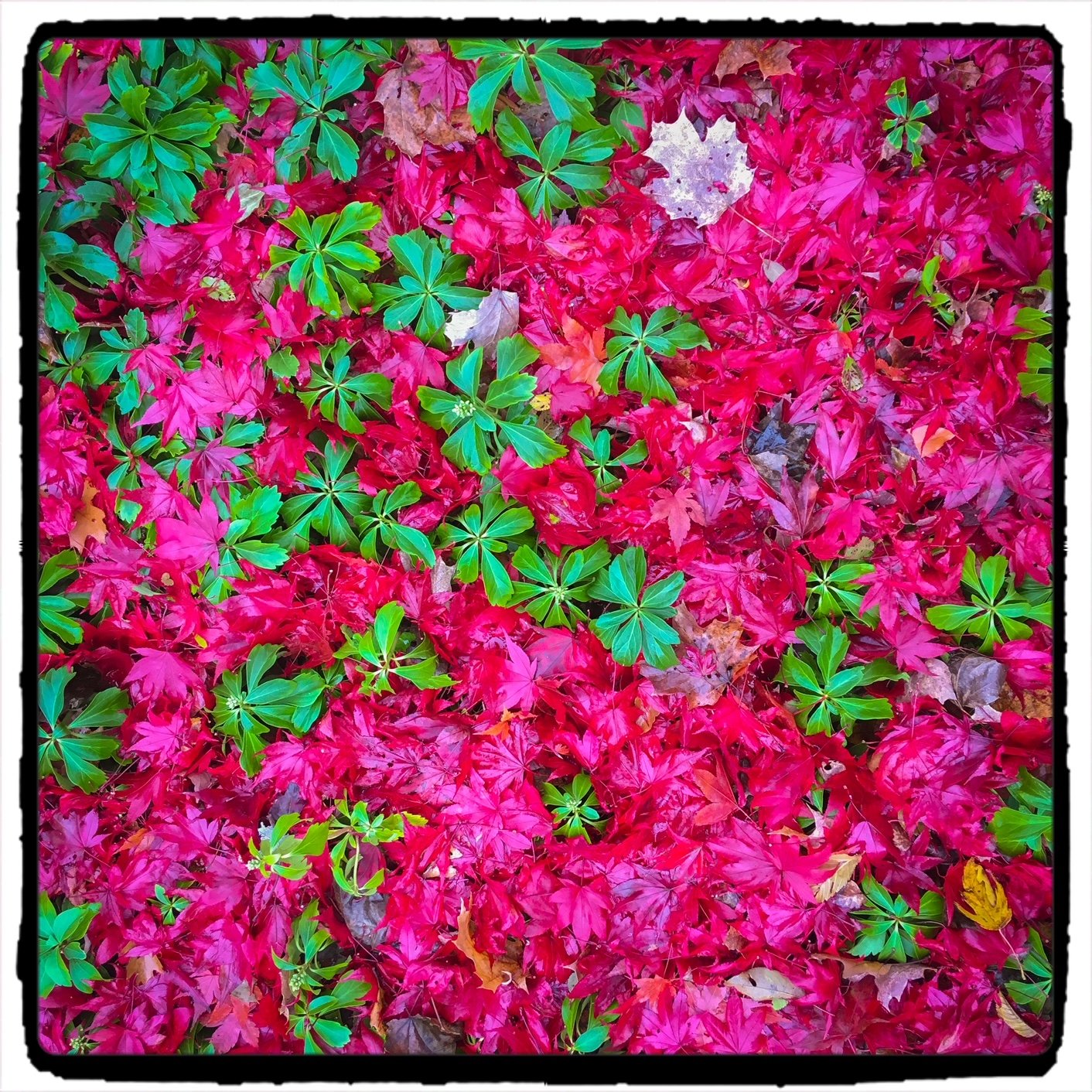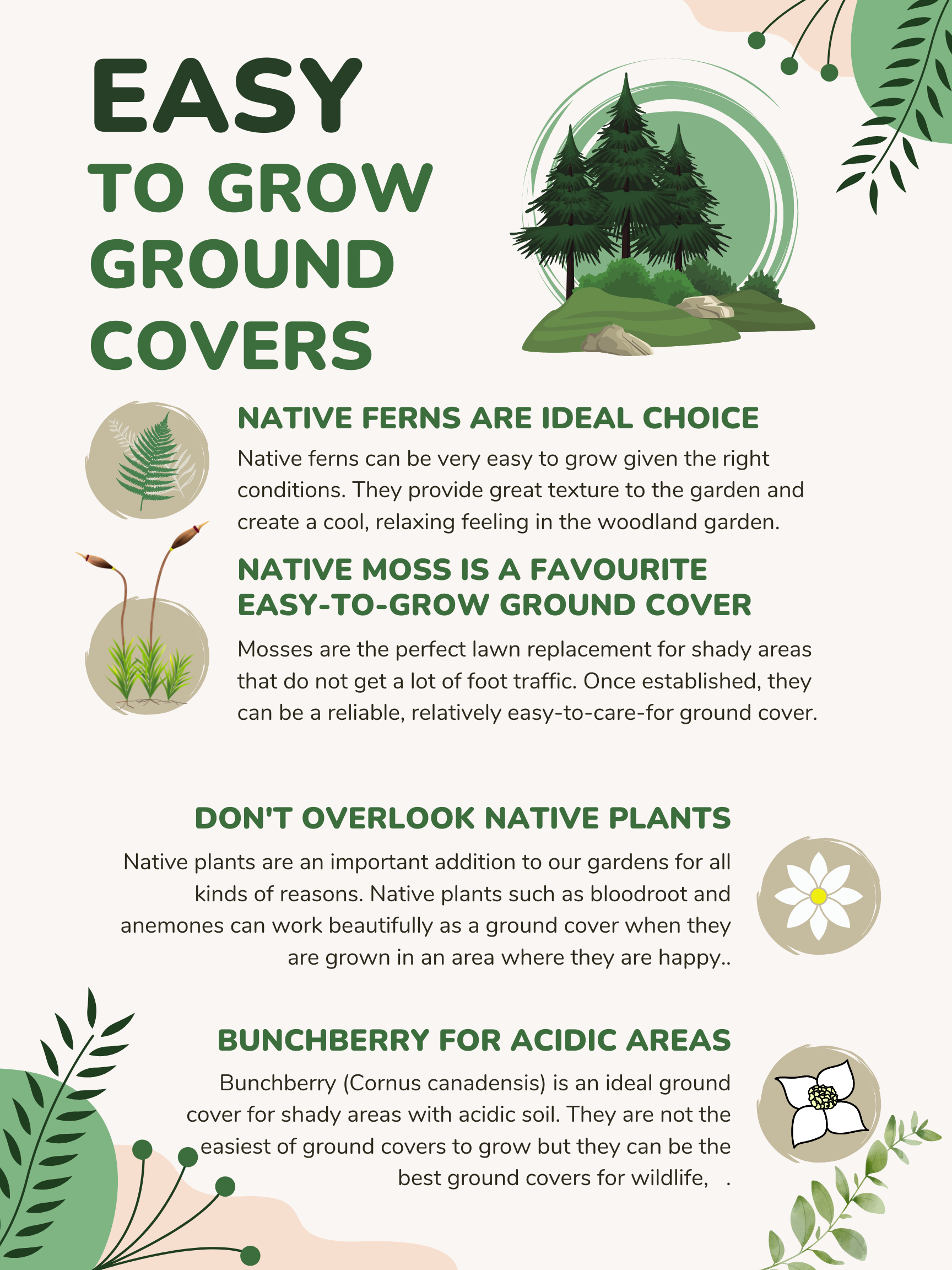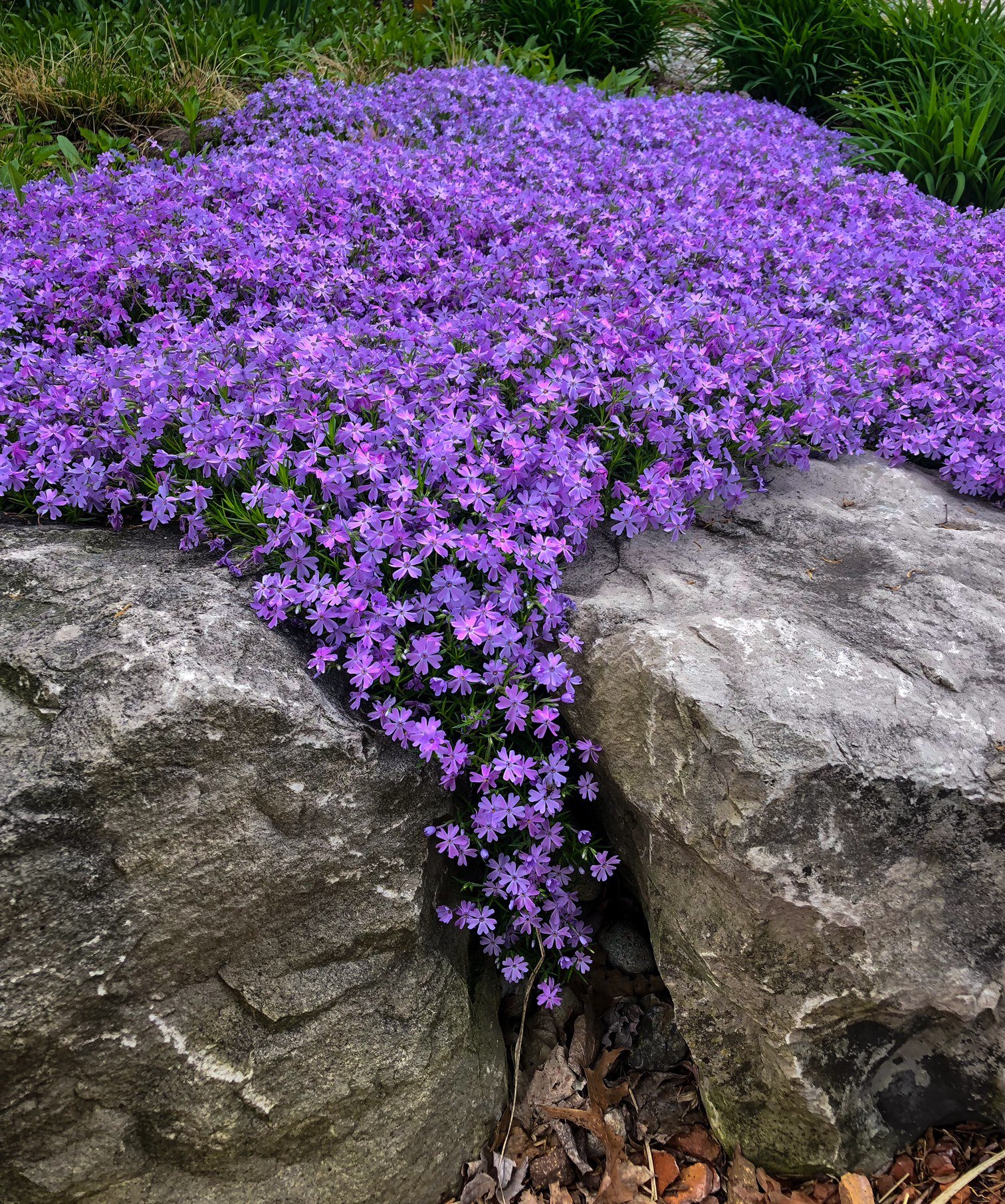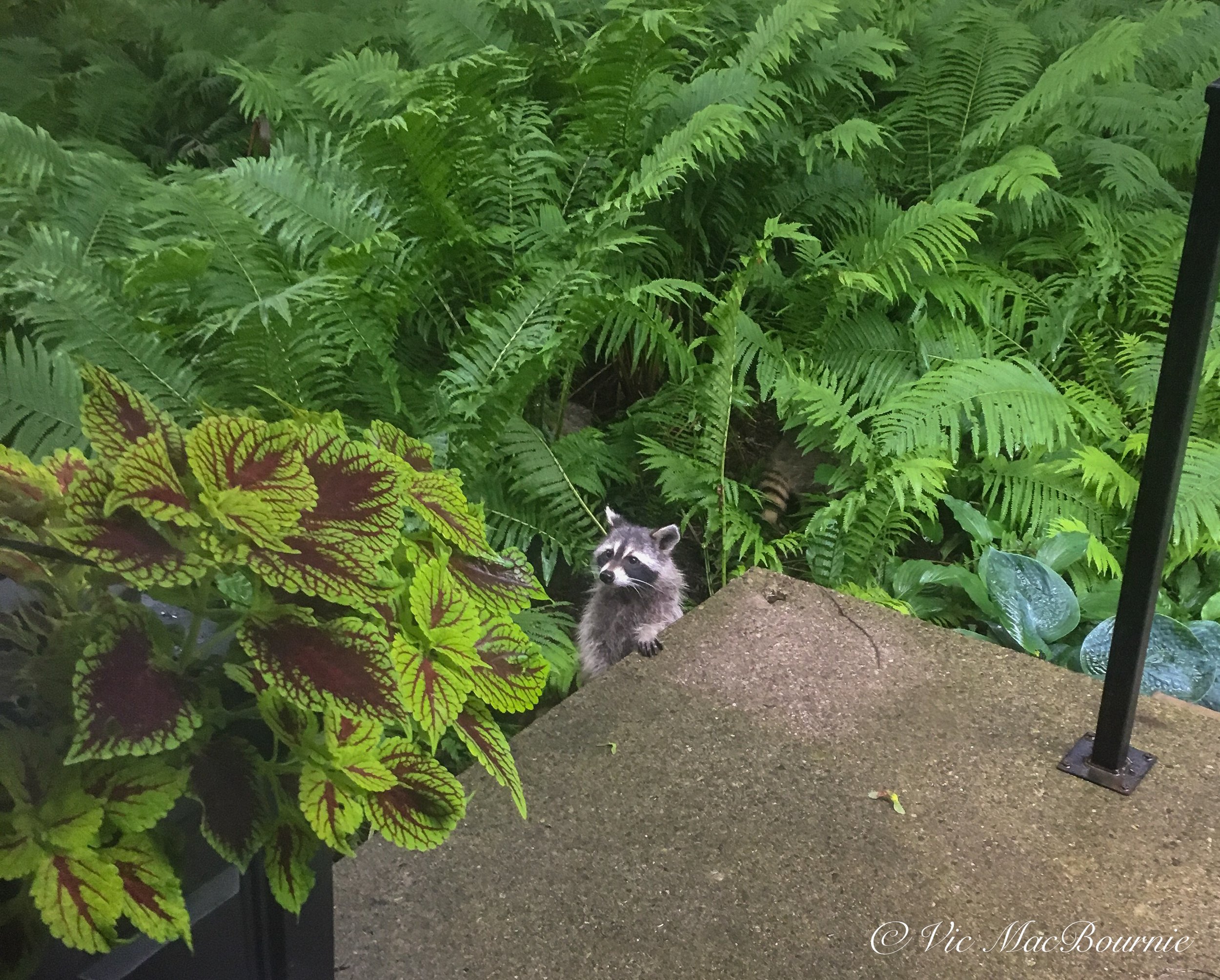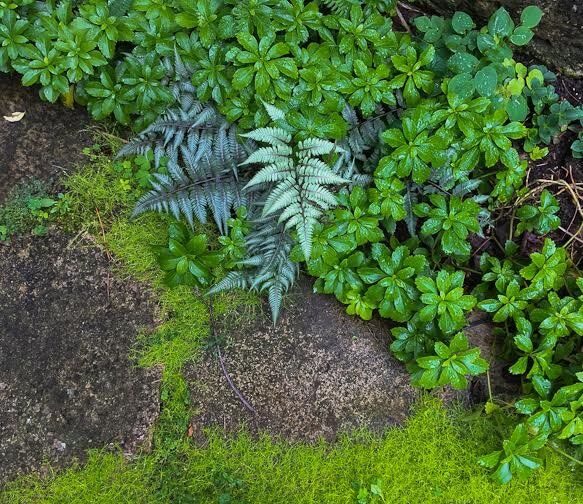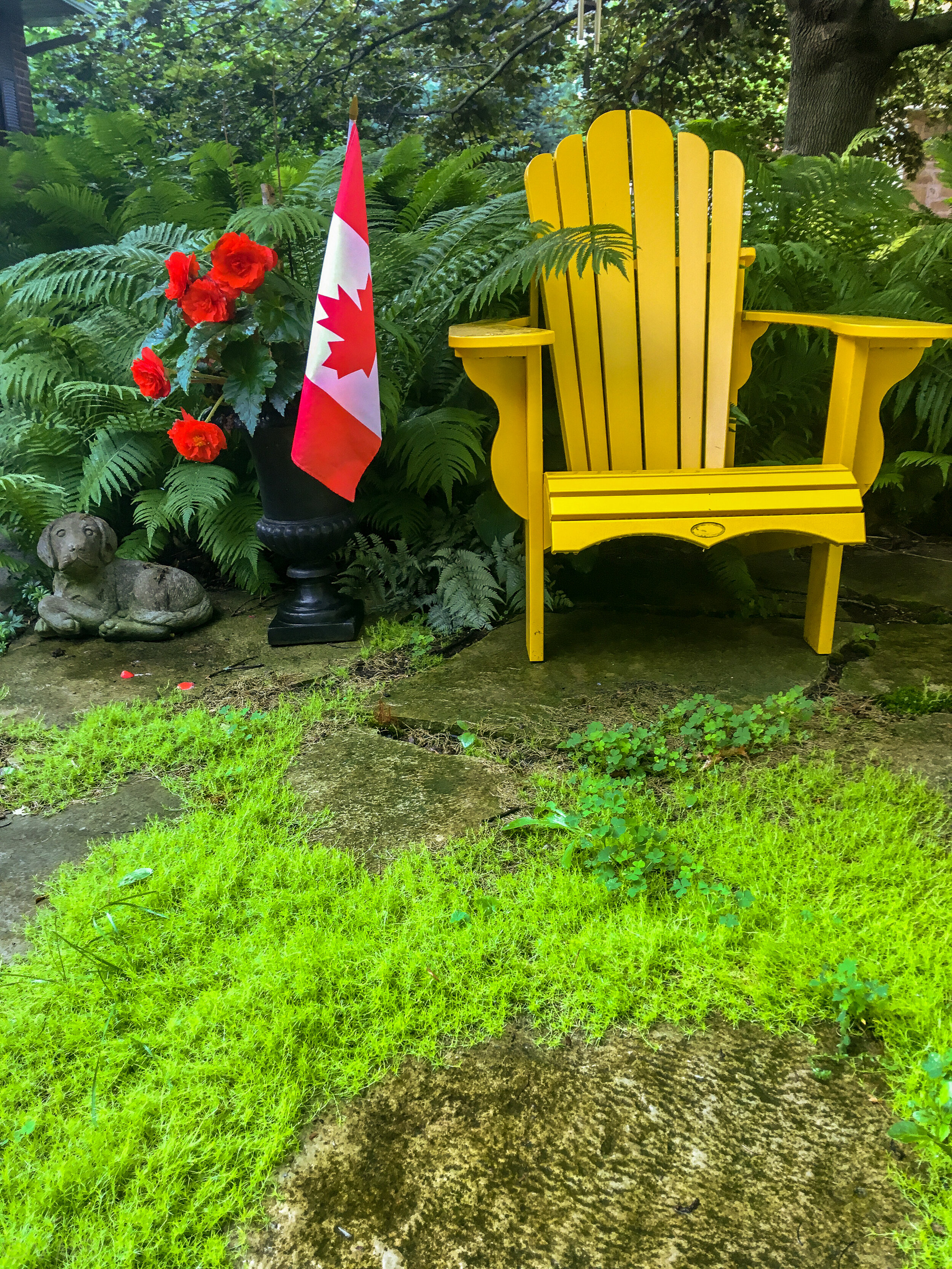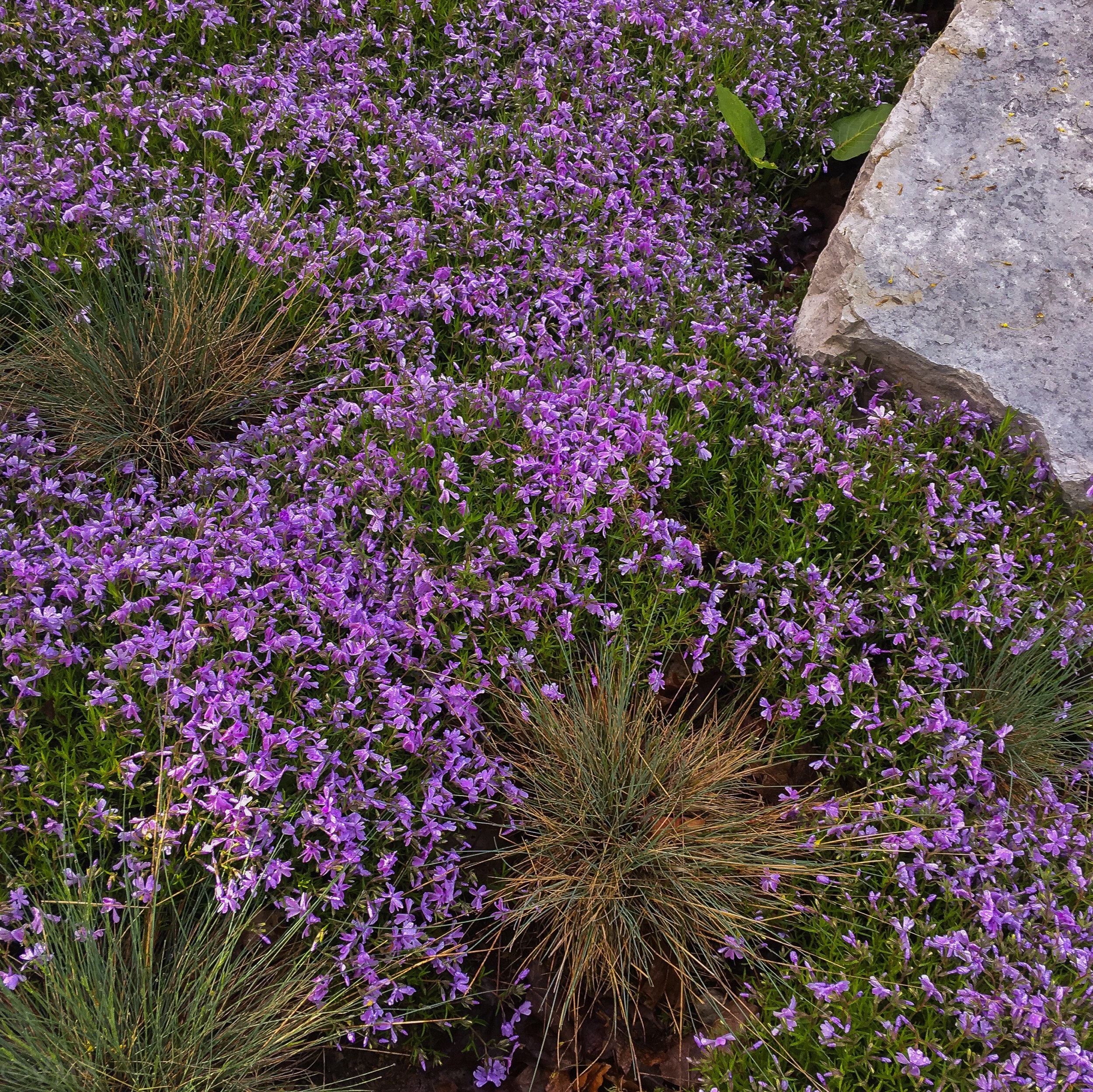What is the easiest ground cover to grow?
What’s the easiest ground cover to grow? Maybe the better question is, what’s the best native ground cover to grow in a given area.
Easiest may not always be the best choice
The very nature of ground covers is their eagerness to put on an abundance of quick growth to “cover” the ground as quickly as possible. So it goes without saying that pretty much all ground covers are easy to grow.
But the question we are trying to answer is: What is the easiest ground cover to grow?
I’m going to go out on a limb and say that the ground cover best suited for the conditions in your yard, is the easiest ground cover for you to grow.
Soil conditions, the amount of light in the garden, drainage, the amount of foot traffic, how close you are to the street and salt spray, all play a role in how quickly the ground cover will take to its new home.
But that’s not what you came here for.
You want to know what is the easiest ground cover to grow in your garden to ensure the quickest success possible, right?
Let’s go out on that limb a little farther and say that you are gardening in a woodland garden or shade garden under the canopy of large deciduous trees and a smattering of understory trees and shrubs.
Pachysandra: Easiest ground cover to grow in our front shade garden
What is the easiest ground cover to grow under these conditions?
Again, let’s take another step out on that limb and say Pachysandra or Japanese spurge. That’s the easiest ground cover to grow in a shady garden with decent soil.
I have a large patch of pachysandra growing in our front garden that was grown basically from clippings and now covers a large area under our serviceberry, Japanese maples, a crimson maple and a sugar maple.
It grows thick and tidy, stays green all year and can take moderate foot traffic. It’s not so thick that I can’t grow plants up through the pachysandra and I certainly have a number of plants, including some that you can consider ground covers in themselves, that grow up through the pachysandra where they add texture and interest to the garden.
I would say pachysandra is the easiest to grow in my garden under these conditions.
But it’s not the best ground cover to grow. That’s another discussion all together.
I am confident in saying, however, that the best ground cover would be a ground cover that is native to your area and works hard to benefit the native wildlife from the smallest of insects to the largest of mammals.
Native Bunchberry (Cornus canadensis), wild strawberry (Frafaria virginiana), wild ginger (Asarum canadense), bloodroot (Sanguinaria canadensis) or Bearberry (Arctostaphylos uva-ursi) just to name a few are “better” choices than the non-native pachysandra.
Creeping phlox is the easiest in a sunny, dry area
In another area of the front garden close to the street that gets a lot of sun, the easiest ground cover to grow is creeping phlox. It’s a real winner in my books because of the incredible flower display it puts on in early spring before it turns into a lovely carpet of almost moss-like foliage.
In the sunny area of our front garden, creeping phlox is the easiest ground cover to grow.
Is it the best ground cover to grow, though?
Maybe native ground covers like Field Pussytoes (Antennaria neglecta) would be better, or Silverweed (Argentina anserina) or even creeping juniper (Juniperus horizontalis.)
Looking for more information on ground covers? Please check out my other posts on ground covers I use in the woodland garden.
• Bunchberry perfect ground cover for woodland garden
• Three great ground covers for the woodland garden.
• Hardy Geraniums as a ground cover
Understory trees grow up through the massive grouping of ostrich ferns that form the perfect ground cover for the woodland garden.
Ferns are the easiest ground cover for our shady back garden
Finally, in our backyard, under our mature locust tree is a large area that was originally a large expanse of turf grass that required weekly mowing and everything else that goes along with grass.
It gets a little more dappled sun than the front yard and the soil is more sandy and maybe not quite as good.
It gets literally no foot traffic or salt spray.
For more information on growing ferns, you may be interested in The Plant Lover’s Guide to Ferns, informative book.
One look at the massive ostrich fern (Matteuccia struthiopteris) garden that has easily out competed the grass and there is no question that ferns are the easiest ground cover for that area.
If I recall, I started with a handful of donated ostrich ferns from a coworker and those few ferns have grown and spread to hundreds maybe even thousands in number and cover a massive area with their cooling summer appearance.
For more on our massive fern garden check out the following post: Creating a fern garden in a small yard.
If there was ever any doubt, one look as the fern glen and you’ll agree the ostrich ferns are the easiest ground cover to grow in that part of the garden.
The fact that ostrich ferns are native to our area is an additional bonus.
Again, like the other ground covers, I grow trees and shrubs up through the ferns to add texture and interest to an otherwise sea of 3-4-foot-high ferns where female deer often use the cover to hide their fawns in spring.
In this case, they are the easiest to grow and the best ground cover for that area.
But for many gardens, a huge expanse of massive ostrich ferns would be neither the easiest, nor the best ground cover choice. These ferns, when happy, spread like wildfire and would require a lot of thinning if you wanted to keep them contained to a small area.
In addition, the ferns are huge and would quickly over power a small garden.
The very traits that make them perfect for our yard, makes them the wrong choice for another yard.
Easiest ground cover depends on a number of factors
Like life, there are no simple answers to difficult problems when it comes to gardening. Trying to find the easiest ground cover for your garden may not even be the right question to ask yourself.
The better question is probably something like: What are the ground covers that suit the location, are native to my geographic area and will provide the most benefit to local wildlife.
Too often we choose the “easiest” solution that may not be the “best” solution because it is convenient at the time or we may not have taken the time to properly educate ourselves on what is truly “best” for our gardens.
Like way to many gardeners, I am certainly guilty of that. If I had to do it all again, I would change many of the decisions I made just a few years ago to replace non-native plants with native ones whenever possible.
If you are asking the question, what is the easiest ground cover to plant in my garden, please stop and ask the next question before proceeding.
And that is: what is the best native ground cover that will get the job done.
Native Moss and Moss-like ground covers for a Woodland, wildlife garden
Moss is quickly becoming a favourite ground cover for Woodland gardeners and those looking to create a Japanese-inspired garden. These top three ground covers are great alternatives to moss when native moss is not an option.
Three moss alternatives for a woodland garden
Maybe it’s just me, but is the gardening world finally embracing native moss as the ultimate ground cover?
The Japanese have worshipped moss for centuries.
Entire gardens centered around the perfect patch of moss, a single boulder and an ancient maple can be all one needs to create a stunning, tranquil and peaceful place.
More of us are looking for those qualities in our gardens, whether it’s a small Japanese-inspired garden or a more intimate area within a larger Woodland Wildlife garden.
The difficulty for most gardeners who love moss comes with growing and maintaining the perfect patch of moss.
The good news, however, is that we have alternatives to moss as a ground cover.
For my article on the importance of using native plants in the garden go here.
Here are three great alternatives if you are looking to create that tranquil, peaceful feeling in your woodland garden. Irish and Scottish moss are obvious choices but don’t overlook the beauty of creeping moss or the numerous Stonecrops available for hot sunny areas in your garden. These alternatives will never replace the true beauty of our native moss, but for many woodland gardeners they will provide the perfect alternative.
A Japanese painted fern creeps out over the flagstones in our front garden with ground covers Scottish moss, Japanese Spurge and Cornus Canadensis (top right).
Irish and Scottish moss as the perfect alternative ground cover
By far, the closest ground cover to real moss is either Irish or Scottish moss (Sagina subulata verna and aurea)(pictured above).
Both are perennials you can buy at most good garden centres, and both deserve prominent spots in our Woodland gardens.
The Irish moss is a more dark green whereas the Scottish moss is golden or chartreuse.
Both have delicate flowers that emerge in late spring, early summer in Zones 6-8.
They can take full sun to partial shade and some foot traffic.
I have used both types to fill the space between flagstone pavers in our front garden. But, because we are blessed with plenty of native moss growing on the property, the real moss is slowly taking over from these moss alternatives.
Once the natural mosses begin to grow in these areas, it’s probably a good time to move the Irish and Scottish moss to a more sunny area where they can spread their soft cushiony perfection elsewhere in the garden.
They are quite shallow rooted and easy to move by simply taking small clumps of it with a little soil and packing it in other areas of the garden.
It can also be used in containers to cover the soil. Put a little in a container and let it spread throughout the summer.
Looking for more information on ground covers? Please check out my other posts on ground covers I use in the woodland garden.
• Three great ground covers for the woodland garden.
Scottish moss growing between the flagstones in our front woodland garden.
Creeping Phlox is a glorious ground cover in all seasons
Creeping phlox is a real favourite in hot, sunny locations.
It really shines in early spring when the normally dark green prostrate plant bursts with lavender flowers.
It’s a real show-stopper in our front garden as it creeps among the grasses and onto the stones of the dry river bed and bumping up against large boulders on one side and blending in nicely with another mossy alternative Creeping thyme.
Creeping Phlox (Phlox subulate) spreads rapidly and, while it puts on quite the display in the spring, it takes a back seat for the remainder of the year forming a perfect dark green backdrop for our blue-green grasses that emerge through the ground cover in this hot sunny, dry area of our garden.
Creeping phlox among the rocks and grasses in our front garden.
This herbaceous perennial grows in zones 3 to 9 in a rich, well-drained soil and comes in pink, red, white, blue rose and lavender.
It’s a tidy plant that grows up to about 6 inches high with a spread of up to 2 feet for a single plant. It forms a thick mat and for Woodland gardeners it’s deer resistant. That alone should put it high on our list of plants.
Creeping phlox likes full sun but tolerates some shade. An added bonus is that it also attracts butterflies and provides an early food source for insects in the spring where it is one of the first to bloom.
This image shows the stonecrop beginning to bloom with its yellow flowers growing behind and around the container planting.
Best sedum/stonecrop plants as ground covers
Many of us are familiar with Sedum Autumn Joy. It’s a wonderful plant that provides year-round interest and is one of only a handful of plants recommended for the New American Garden. Just to make it clear, we are not talking about that popular type of Sedum here.
There are up to 500 individual species in the Sedum genus, often called stonecrops, some of which are native to zones 5-6 and beyond.
When it comes to ground covers in hot, dry areas, these ground cover Sedums are tough to beat. Of particular note is Mossy Stonecrop (Sedum acre), which is a non-native that has a lovely yellow flower in summer and grows well in hot, sunny locations.
I use them in an area of the garden that forms a pathway across the back of our home. It’s covered in pea gravel with a dry-river bed and blue square-cut flagstone.
The sedum ground covers spill over the edges of the garden into the pea gravel softening the edges with a moss-like texture that has the added benefit of lovely yellow flowers in the summer that the bees and butterflies flock to in large numbers.
The sedum mats are easy to control and thrive in the hot, dry soil. There is just too much to say about sedum as a ground cover in this blog. I encourage you to talk to your local garden nursery experts for advice.
For more information, check out Ontario Wildflowers.
This page may contain affiliate links. If you purchase a product through one of them, I will receive a commission (at no additional cost to you) I try to only endorse products I have either used, have complete confidence in, or have experience with the manufacturer. Thank you for your support.


